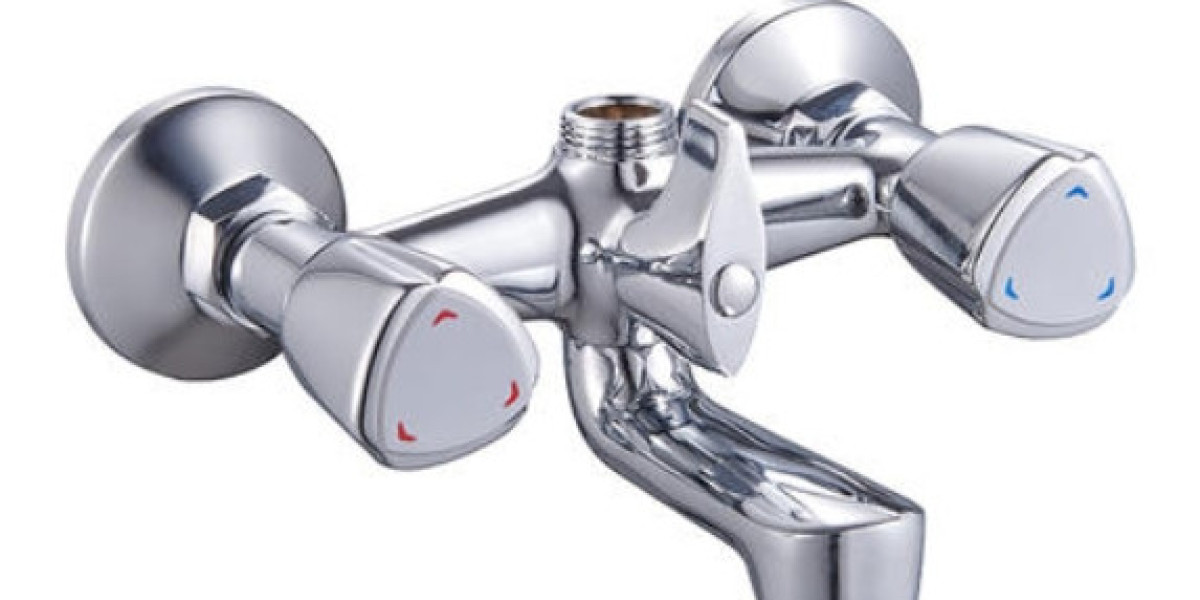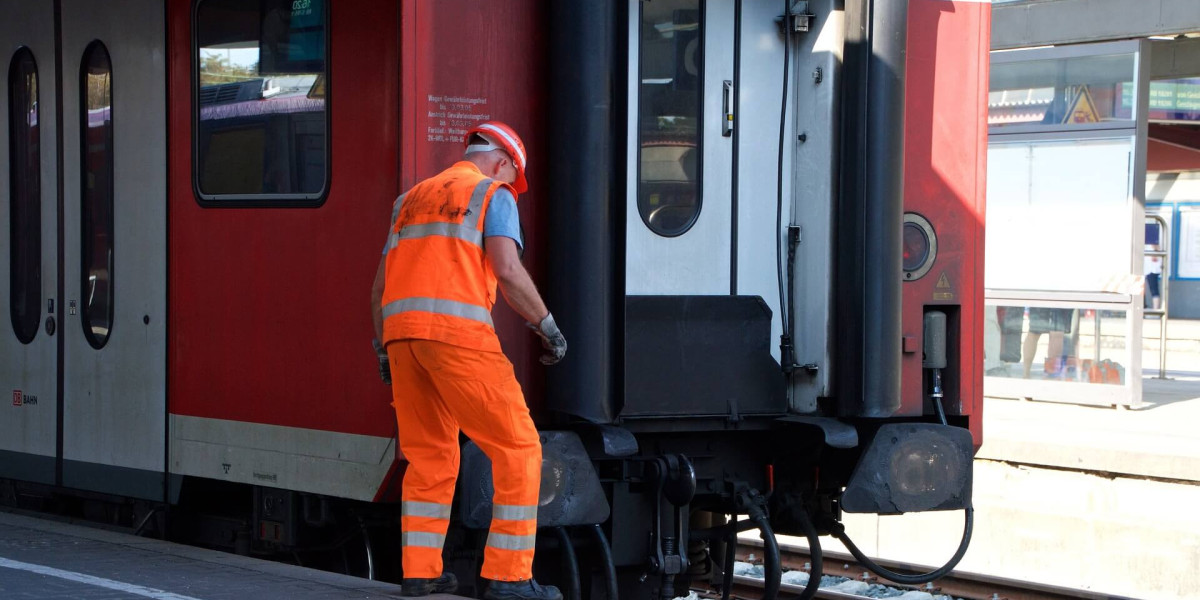For bathroom remodeling projects, the right plumbing layout can save time, reduce maintenance, and create a cleaner appearance. Two popular fixtures that support this goal are Wall Mounted Bathroom Mixer Taps and the Single Lever Bath Shower Mixer. These components not only enhance aesthetics but also require thoughtful installation planning to ensure long-term reliability.
Wall-mounted mixers differ from standard deck-mounted taps in that the water connections must be embedded within the wall. This often involves additional preparation during the construction or renovation phase. It’s essential that plumbing lines are carefully positioned and leveled to align with the mixer outlet. Any misalignment can result in uneven spacing or difficulty securing the fixture firmly.
The single-lever bath shower mixer also needs proper water pressure balance. Since one lever is responsible for mixing both hot and cold supplies, inconsistent pressure can lead to temperature fluctuation. Installers should check pressure levels on both lines and, if needed, recommend pressure-balancing valves or thermostatic regulators.
From a construction standpoint, concealed pipework contributes to a more modern look, but it requires durable and high-quality materials. Copper or PEX pipes are often preferred for this type of work. Sealants and connectors used within the wall should be rated for long-term performance to avoid leaks that are harder to detect and fix after tilework is complete.
Another technical consideration is maintenance access. For example, some wall-mounted bathroom mixers are designed with removable covers that allow servicing without damaging the wall. It’s worth choosing models that provide serviceability in the long term. Moreover, users should be informed about how to clean filters or replace cartridges if necessary.
When connecting the single-lever bath shower mixer to the bath spout and shower diverter, it’s important to maintain correct spacing and angle to prevent water from dripping or splashing unpredictably. Proper sealing with Teflon tape or plumber's compound around threaded parts is also critical.
In terms of water efficiency, many modern mixers are designed to be compatible with low-flow systems. This supports sustainability goals and reduces utility costs. However, compatibility with the building’s water heating system—whether tank or tankless—should be reviewed to prevent temperature delays or flow restrictions.
To sum up, wall-mounted mixers and single-lever controls offer not just a design upgrade but also a practical and lasting improvement—provided the installation is handled with care. For homeowners and professionals alike, taking time to plan pipe paths, pressure balancing, and access points will lead to a smoother renovation and better daily use.







